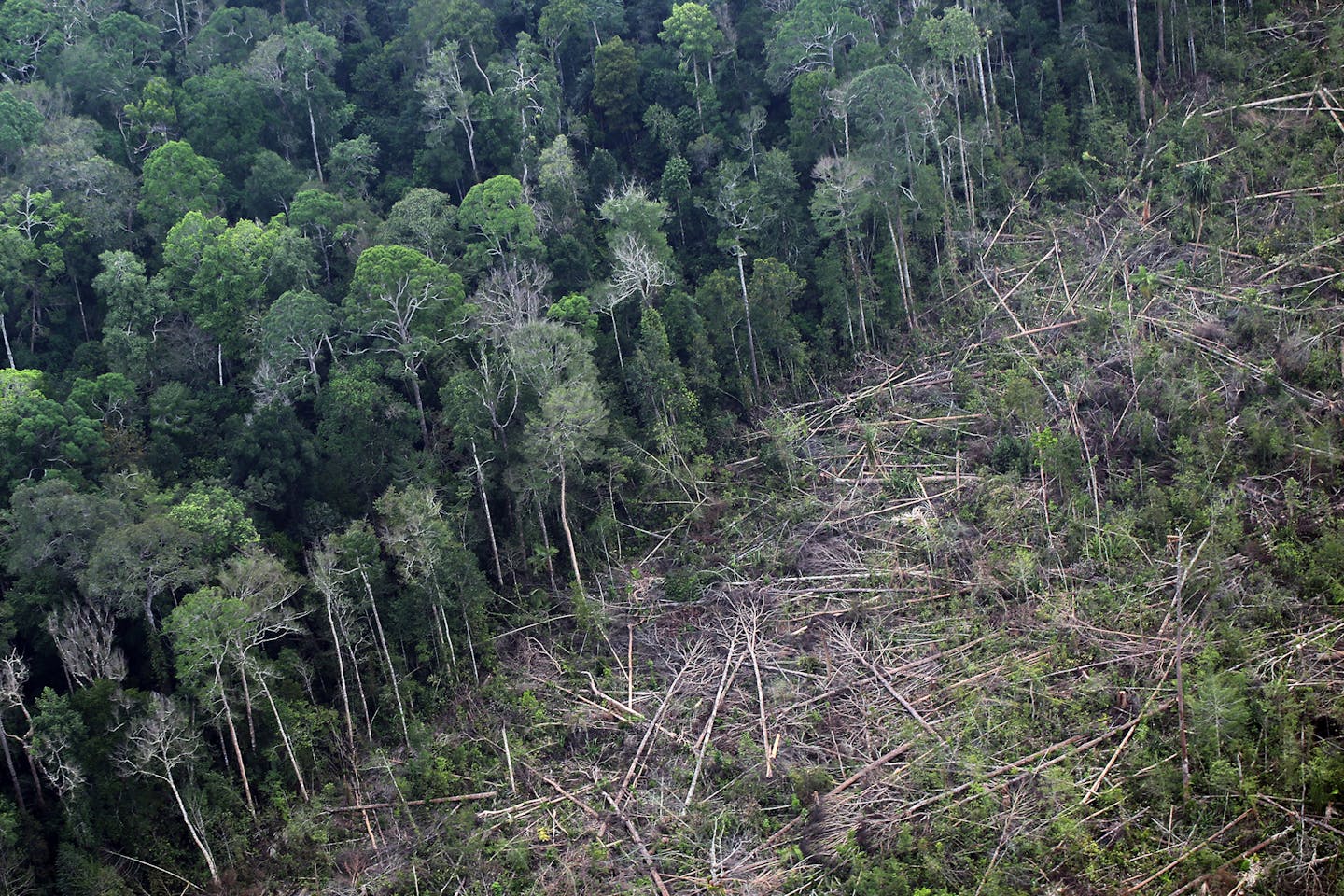1.5C is possible but only if we radically scale natural climate solutions
Only two scientific bodies have ever won the Nobel Peace Prize. The Intergovernmental Panel on Climate Change (IPCC) is one of them. IPCC assessments, carried out every five years, pull together scientists from around the globe to assess the state of knowledge about the climate. As noted in the Nobel committee citation, the IPCC also helps “lay the foundations for measures that are needed to counteract climate change."
We’re now into the IPPC’s ‘Sixth Assessment’ cycle. With each assessment cycle, the ‘measures needed to counteract’ climate change become more prominent, and more urgent, in IPCC reports. The first IPCC study to be produced in this Sixth Assessment cycle is a Special Report examining the feasibility of holding global warming to just 1.5°C. The ‘1.5 Degree Goal’ is a bedrock part of the Paris Agreement.
But even in the previous (fifth) IPCC assessment cycle, there was concern about overshooting the 1.5°C temperature target. Describing pathways that limit warming, climate modelers incorporated massive use of ‘bioenergy with carbon capture and storage’ (BECCS) – a geoengineering technology that barely exists, except in climate models – to bend down the temperature curve. But research published after the fifth assessment report about BECCS suggests that this technology cannot be deployed at large scale soon enough to matter much.
There was nothing magical or ideological about the IPCC’s use of BECCS in its models. It’s just that BECCS was the best-developed option from a modelers point of view during the fifth assessment cycle.
That prompted the question – if recently-published literature is creating very serious doubts about BECCS and other geoengineering approaches, is there a different body of scientific literature out there that points to other, better ways to cool the planet?
We were surprised to find in the peer-reviewed literature a much better set of solutions in the land-use sector than the proposed BECCS approach of creating massive energy-crop plantations and injecting CO2 emissions back into the ground.
Instead, reducing agricultural emissions, changing harmful and unjust food systems, increasing the security of land rights for local communities and indigenous peoples, and restoring forests and wetlands – taken together, these solutions could bend down the temperature curve significantly.
These up-to-the-minute scientific studies are compiled into one paper here.
So are the ‘natural climate solutions’ presented big enough, and can they be deployed soon enough, to ensure we won’t need to rely on unproven (and scary) geoengineering solutions to keep the planet from burning up? The answer is a qualified ‘yes’. If we start now, these solutions will minimize temperature overshoot by year 2050 – a key Paris Agreement goal.
But here’s the other thing: those solutions have massive ‘co-benefits’. ‘Co-benefits’ is just jargon that means ‘getting more of what we want’ as societies while addressing the climate crisis. Reducing food waste and meat consumption; reducing rural conflict by securing land rights; restoring degraded landscapes and replanting forests – these are all actions that improve our health and quality of life, and add to the security of our communities and food supply.
It's no surprise that the literature had never been collected. It’s scattered across dozens of peer-reviewed journals. It doesn’t suggest a ‘one-size-fits-all’ solution like BECCS. ‘Place-based’ solutions, that will require changes in human behavior, are tough to insert into the climate models favored by IPCC scientists.
This is not a critique of the science; it’s just a comment on the complexity of the IPCC’s mission. Scientists make judgement calls about what studies to include, and what models to use, all the time. That’s how science works.
We hope however that by pulling together this literature, the pathways suggested in this paper will be taken up by scientists and governments as they review the new IPCC draft.
Atmospheric concentrations of CO2 were at about 385ppm when the IPCC was awarded the Peace Prize. Concentrations now stand at over 400ppm. We need to get back to 350ppm. So it’s time to get going,

